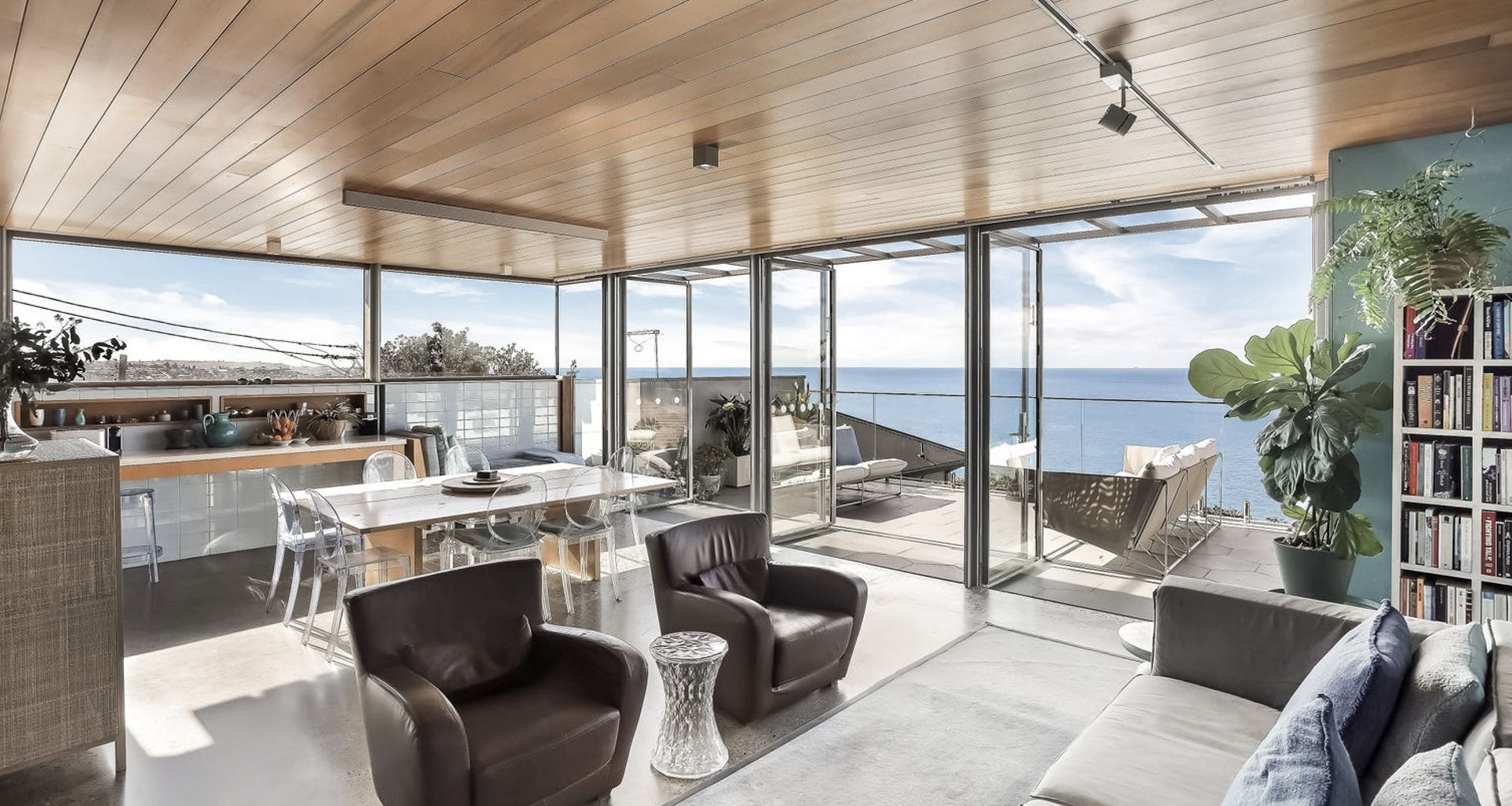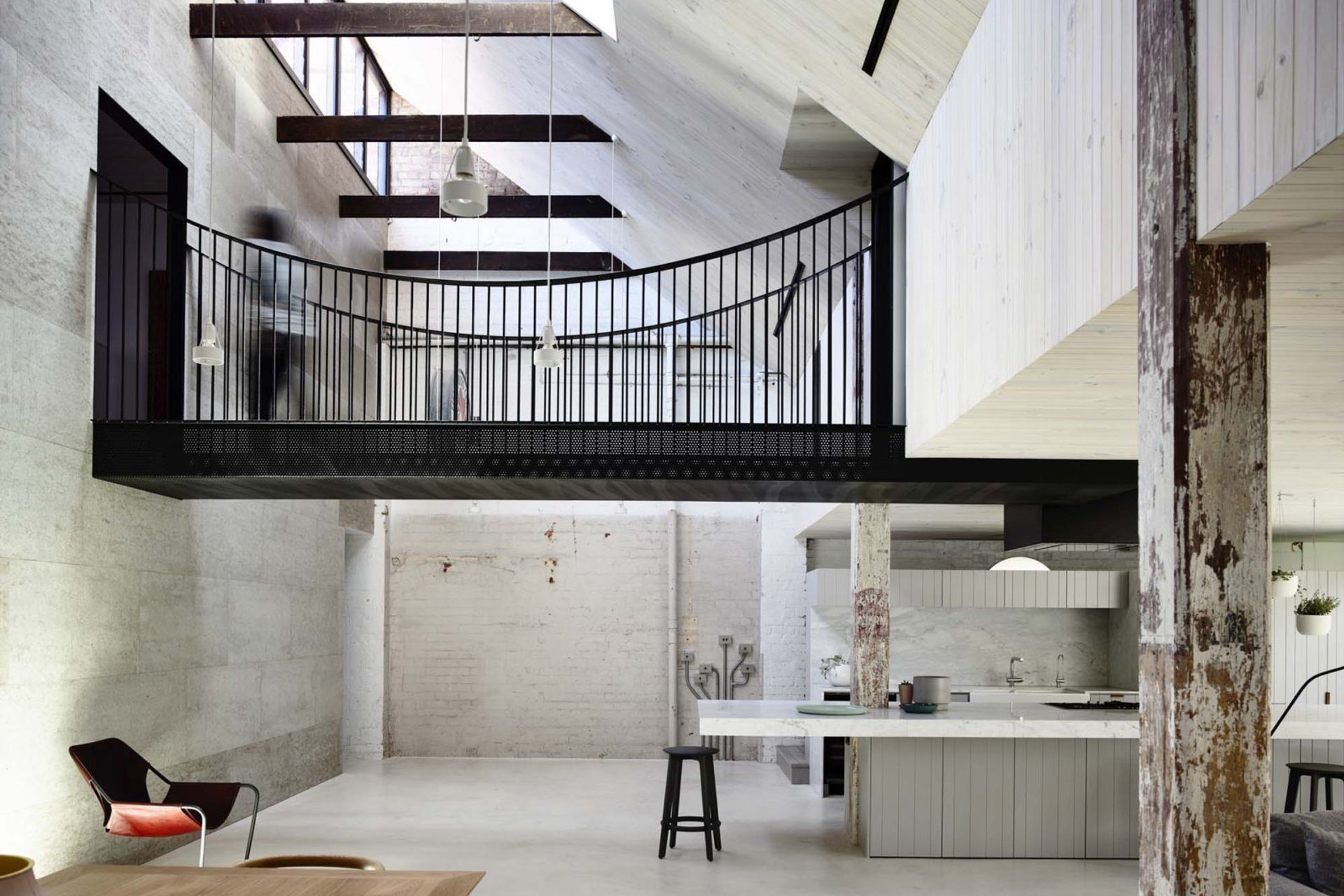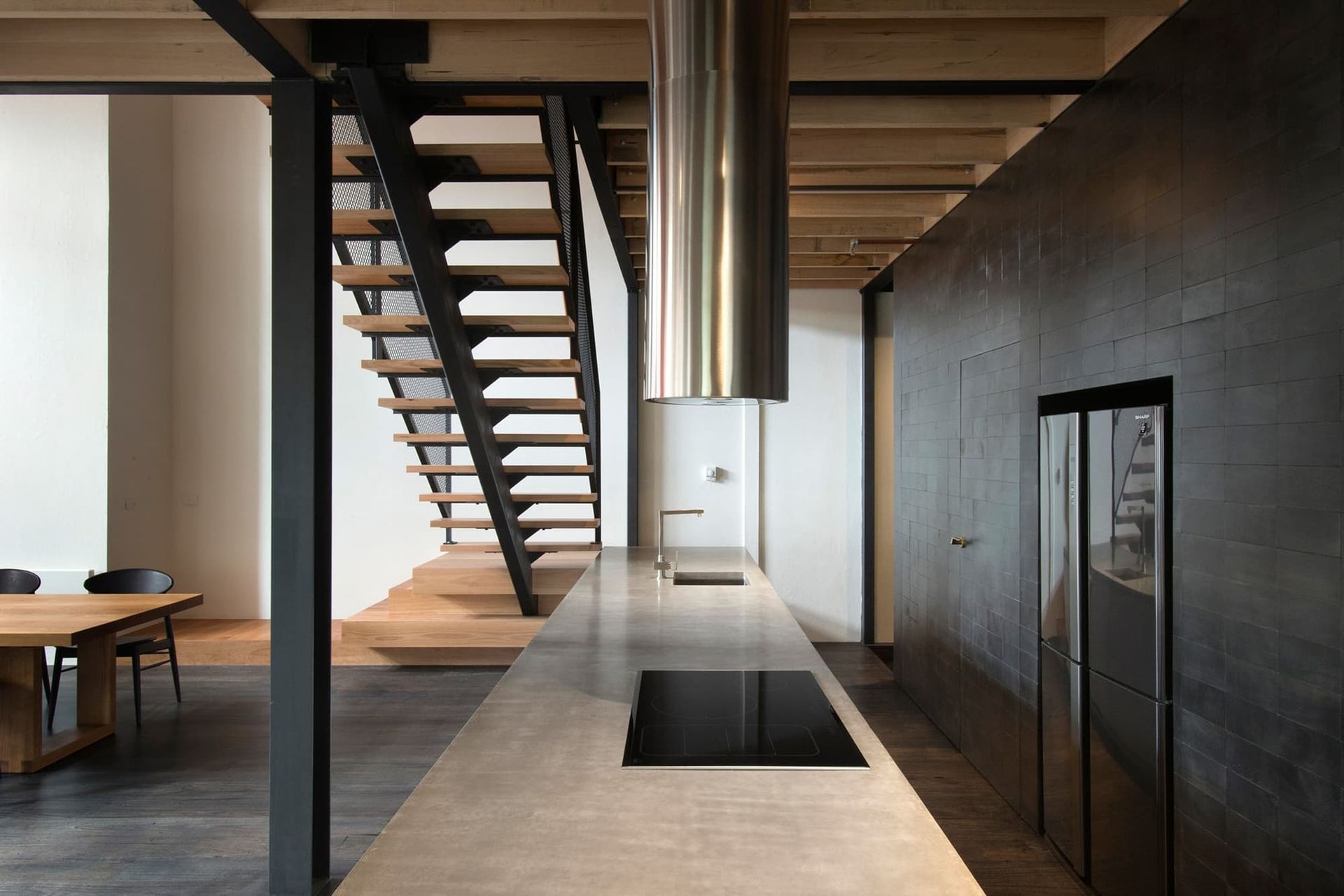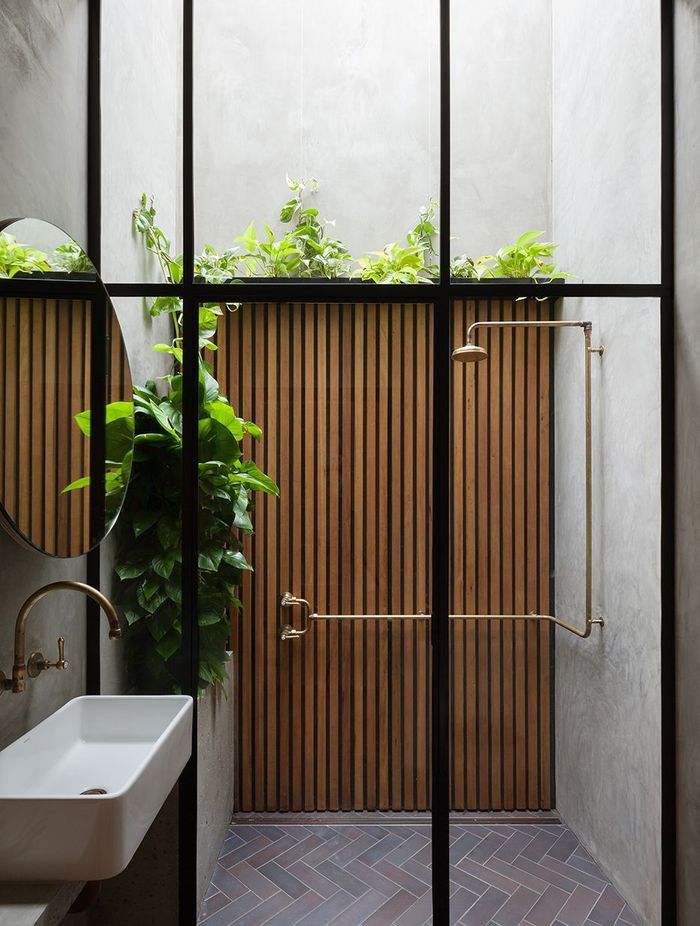An expert’s guide to sustainable interior design
Written by
25 September 2022
•
6 min read

Environmental preservation is an issue at the forefront of almost every industry. Greenhouse gas emissions, energy consumption, waste reduction, recycling and repurposing are concepts that everyone is aware of, but most of us haven't yet mastered integrating such ideas into every aspect of our homes and lives. However, ‘better late than never’ is an adage that holds true when it comes to jumping on the sustainability bandwagon, and if you happen to be planning a new build or renovation, now is the ideal time to put those ideas into practice.
Jacqueline Bosscher, interior designer and director of The Design Commission, specialises in sustainable interiors and reducing the carbon footprint of contemporary homes, and she has some excellent sustainability advice for builds and renovations. “Sustainable design is about being mindful and thinking through every aspect of a material, not just what it looks like,” says Jacqueline.
To better explain the concept of sustainable interior design, Jacqueline compares it to food. That is, we know we need to look closely at where our food comes from, the ingredients in it, and the environmental impact of those ingredients and the waste the food produces. "Sustainable interior design asks the same questions of the things you’re putting in your home, and how you’re setting the space up in the first place," says Jacqueline. "It's not just how it looks, it’s how it performs, where it comes from and what you can do with it at the end.”

Finding ‘new’ furniture
Jacqueline says acquiring furniture for your new aesthetic should be attacked with a two-pronged approach. “Look for second-hand and vintage furniture; recycling something that already exists is by far the best use of resources as it doesn’t involve virgin resource use, and it prolongs the life of something that has already been created. Everything has embodied energy and carbon emissions, so using what already exists is the best way forward,” says Jacqueline.
However, if it’s better for your space to have something custom made, Jacqueline recommends talking to your furniture and cabinet makers about your goals for the product. Those goals could include using recycled materials, low VOC products (products with low volatile organic compounds) or natural fabrics.
"Natural timber veneers are better than plastic finishes, and a natural material doesn’t necessarily need to be painted or finished, it can be left raw," says Jacqueline. "You just need to control the materials and minimise the impact of a new piece. If you’re shopping off the shelf, look for those natural materials and independent green certifications.”
Accreditations such as Good Environmental Choice Australia, Green Tick Sustainable Certified, eco-cotton and eco-linen tags are best.

Understanding materials
While decorating and upholstering with natural materials is an excellent start, it’s important to understand and appreciate the value of fabrics made from recycled materials or plastics. “You can find beautifully soft and coloured fabrics made from recycled plastic, just be sure to check the tags to learn about the manufacturing process and check for independent certification. While I love natural materials, choosing a fabric made from recycled plastic, or something similar, keeps it out of the waste stream,” says Jacqueline.
When it comes to timber – and fabric, sometimes – Jacqueline says it's important to research where the product has come from. “Natural timber is great as long as it isn’t sourced from old growth forests in Tasmania or Indonesia," she says. "The manufacturing of linen and cotton can also use a huge amount of water, so be sure to check for labels that accredit the fabrics as eco-cotton or eco-linen. When shopping at high street stores, you need to be checking the labels for details of the production methods.”

Sourcing hard surfaces
Hard surfaces, such as benchtops and splashbacks, are another aspect of your home worth analysing. “It can be difficult to find a product with low emissions or made from recycled materials for benchtops or vanities, and while natural or man-made stone is a great product, it does come from a quarry and is washed with chemicals and water before being formed into a benchtop. Stainless steel is a great option as although it has high embodied energy, it is infinitely renewable,” says Jacqueline. Other ways to minimise your footprint during a build or renovation is by using salvaged materials from other projects, sites or recycling centres.
Read now: Why energy-efficient homes are the future of residential building

Picking paint, panels, tiles and plaster
When it comes to picking paint for your walls, low VOC or natural varieties are the only way to go. Natural timber veneer – not polyurethane or 2pac-polyurethane – are also low VOC when left ‘raw’ or ‘unfinished’. However, Jacqueline recommends reconsidering the need for plasterboard wall panels, as there are now excellent alternatives available to homeowners.
“Instead of plasterboard, you can now get wall panels made from recycled content, or acoustic Echo Panels which are made in Australia from 70% recycled plastic bottles, that look and feel like felt. Cedar lining boards with a green tag rating are also an option, as is finishing exposed concrete floors or walls with a natural wax,” says Jacqueline.
When dealing with tilers for your bathroom or kitchen, be sure to have a conversation with your tradespeople about sourcing tiles with a global green tag, and using glue and grout that is Low VOC, suggests Jacqueline. “When it comes to tapware, be aware that chrome polished finishes can be toxic. Raw brass is a better solution, as are exposed copper pipes.”

Flooring
Constructing a floor from sustainably and ethically sourced timber, then finishing it with a natural sealant is a good starting point, says Jacqueline, as is polishing and oiling your existing and exposed concrete floor slabs. Traditional linoleum can be replaced with marmoleum, a similar product made from natural resin, and can be used in bathrooms, kitchens and laundries, as can natural rubber.
“Floor underlay should be made from recycled materials such as foam, or made from offcuts and waste from upholsterers. Carpet should be natural wool, bamboo, silk or alpaca,” says Jacqueline. “Restricting yourself to a colour that’s natural to that material or product can also reduce its impact and VOC.”
Learn more about sustainable interior design on ArchiPro.